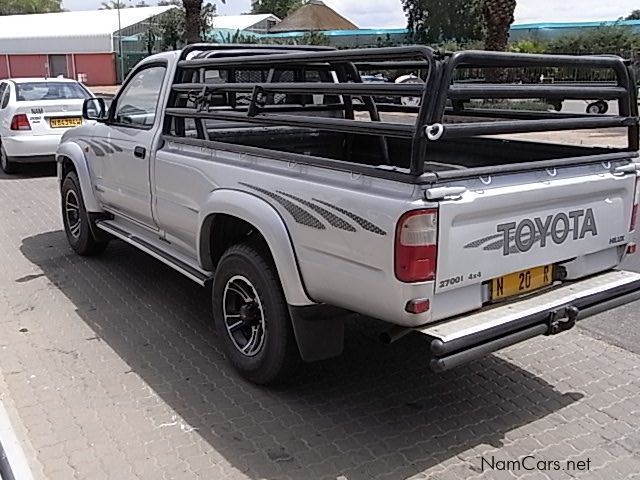

For example, to convert quarts to pints, you have to multiply the number of quarts by 2 because there are 2 pts. To change larger units to smaller, you have to multiply the larger unit by the number of smaller units in that unit. = 3 cups Converting Larger to Smaller Units to cups, you have to divide 24 by 8.Ģ4 oz. For example, if you need to convert 24 oz. To convert ounces to cups, you need to divide by 8 since there are 8 oz. to tablespoons, divide the 6 by the number of teaspoons in one tablespoon, which is 3 (see Table 8). To convert from a smaller to a larger unit, you need to divide. To convert from one unit to another, you either divide or multiply, depending on whether you are converting a smaller unit to a larger one, or a larger unit or to a smaller one. Note: One fluid ounce (usually called, simply, ounce) of water weighs approximately one ounce. and Imperial system Types of Measurementġ gallon = 4 quarts or 128 (fluid) ouncesġ quart = 2 pints or 4 cups or 32 (fluid) ouncesġ cup= 8 (fluid) ounces or 16 tablespoonsġ gallon = 4 quarts or 160 (fluid) ouncesġ gill = 5 (fluid) ounces or 10 tablespoons Table 8: Equivalent measures within the U.S. To do this, you must know the equivalents for each of the units as shown in Table 8. On occasion, you may need to convert between the various units of volume and between units of volume and units of weight in the U.S. Converting between Units in the Imperial and U.S.

measurements for the conversion, if the recipe originated in the United Kingdom, Australia, or any other country that was once part of the British Empire, use imperial for the conversion. If the recipe is from the United States, use U.S. The difference in volume measurements can be quite noticeable when producing large quantities. If you are using a recipe written in cups and ounces, always verify the source of your recipe to determine if it has been written using the U.S. U.S.) and Canadian brands contain 341 mL (12 fl. bottles or cans of soft drinks or beer, you will see that American brands contain 355 mL (12 fl. Where you will notice this most is with any liquid products manufactured in Canada these products will show the metric conversion using imperial measurement, but any products originating in the United States will show the conversion using U.S. and imperial volume measurements Unit of Measurement Not only are the number of ounces in pints, quarts, and gallons all larger in the imperial system, the size of one fluid ounce is also different, as shown in the table in Table 7. The only difference between the imperial system and the U.S. When the # follows a number, the # is read as pounds. When # is used in front of a number, such as in #10, the # is read as the word number. Note: There is sometimes confusion about the symbol #. and imperial units of measurement Type of Measurement and imperial systems are shown in Table 6. The most commonly used units of measurement in the U.S. or imperial measurements on the label, and many suppliers still quote prices in cost per pound instead of cost per kilogram. Most Canadian packages include both Canadian and U.S.
#IMPERIAL UNIT CALCULATOR HOW TO#
This is one of the main reasons Canadians need to know how to work in both systems. However, “declaring” and “truly adopting” are not always the same.īecause of Canada’s strong ties to the United States, a lot of our food products come from across the border, and many Canadian producers also sell in the U.S. or metric system was declared the official measuring system for Canada, which is now in use in most of the world, with the United States being the major exception. and imperial systems of measurement until 1971 when the S.I. Systems of MeasurementĬanada used the U.S.


 0 kommentar(er)
0 kommentar(er)
